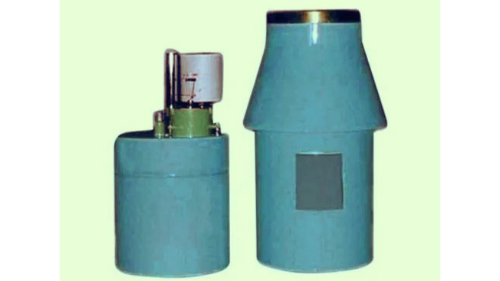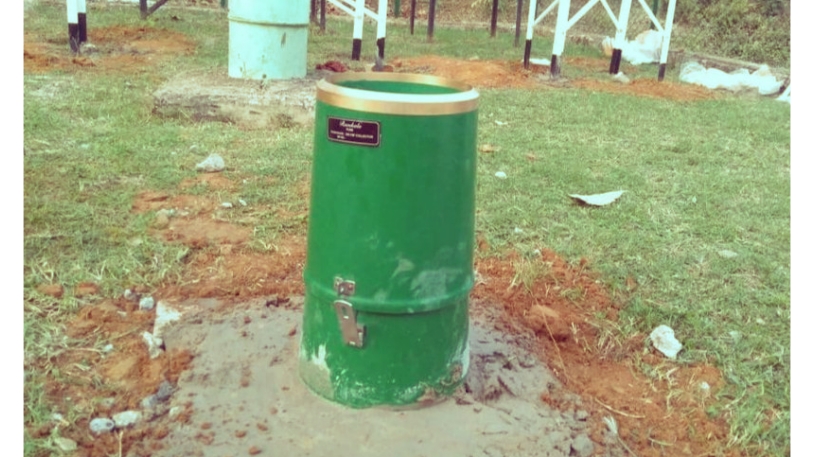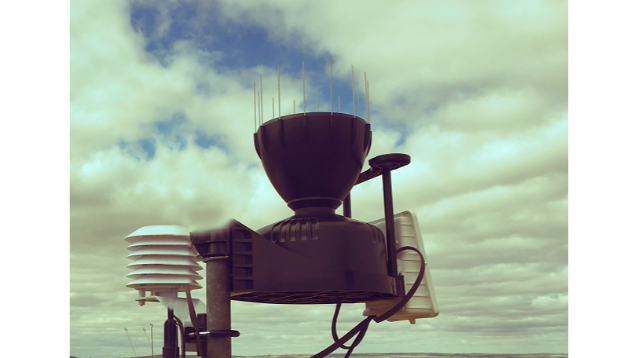In this article I will discuss how to measure rainfall. There are various methods of rainfall measurement.
Rainfall can be measured manually or by using radar.
Table of Contents
Methods Of Rainfall Measurement
- Manual Methods (Recording Rain Gauge and Non-recording rain gauge)
- Rainfall Measurement by using radar
We will know how to measure rainfall by using these methods.
1. Manual Methods
Let’s learn how to measure rainfall by using manual methods.
(a) Rainfall Measurement By Using Recording Rain Gauge

Here is the step by step process to measure rainfall by using recording rain gauge.
- Choose an open area without any obstructions like trees or buildings that could interfere with the accuracy of the measurements. Ensure that the rain gauge is placed on a stable surface such as level ground or a tripod.
- Check the rain gauge for cleanliness and remove any debris or dirt that may impact the measurements. Ensure that the measuring cylinder of the gauge is empty and ready to collect rainfall.
- Before any rainfall occurs, make a note of the initial reading on the measuring cylinder of the rain gauge. This initial reading will serve as a reference for measuring the amount of rainfall.
- Allow the rain gauge to collect rainfall over the desired period of time. It is important not to move or disturb the gauge during this time.
- Once the desired period of time has passed, carefully read and record the final reading on the measuring cylinder. This reading indicates the amount of rainfall accumulated during that period.
- To determine the amount of rainfall, subtract the initial reading (step 3) from the final reading (step 5). The difference between these two readings represents the rainfall measurement.
- Certain Recording Rain Gauges may require calibration to account for any systematic errors. If your rain gauge needs calibration, refer to the manufacturer’s instructions on how to adjust the readings accordingly.
- After recording the rainfall measurement, empty the measuring cylinder of the rain gauge and reset it to its initial position. This prepares the rain gauge for the next rainfall event.
(b) Rainfall Measurement By Using Non- Recording Rain Gauge

Here is the step by step process to measure rainfall by using non-recording rain gauge.
- Find a good spot for the rain gauge outside where there are no buildings or trees around it.
- Clean the rain gauge to make sure it’s not dirty. Ask an adult for help if needed.
- Look at the water level inside the rain gauge before it starts raining. Remember this level because it will help us measure the rainfall.
- Let the rain fall into the rain gauge. Watch as the water collects inside it.
- When the rain stops, take out the container from the rain gauge carefully. Hold it up and see how much water is inside.
- Figure out how much it rained by subtracting the starting water level from the final water level. This will tell us how much rainfall we got. Make sure to use the right units like millimeters or inches.
- Write down the amount of rainfall, along with the date and time, in your notebook or on a piece of paper.
- Empty the container and put it back in the rain gauge at the starting water level. This will get it ready for the next time it rains.
2. Rainfall Measurement by using radar
Rainfall measurement by radar is an integrated system utilized for accurately measuring rainfall using microwave radar technology. This approach combines the measurement of rainfall intensity and amount using a rain gauge with the tracking of rainfall extent, location, and movement using microwave radar.

The radar-based method is particularly well-suited for measuring rainfall in expansive areas where precise results are essential. By integrating data from rain gauges and microwave radar, this system provides a comprehensive understanding of rainfall patterns over large regions.
It is important to note that the radar’s hydrological range is approximately 200 kilometers. This implies that it can effectively capture rainfall data within this range, allowing for a detailed analysis of precipitation distribution and movement.
This was all about how to measure rainfall.
Thanks for reading my blog article.
Faqs
You can measure rainfall at home using a special tool called a rain gauge. Place the rain gauge in an open area. After it rains, check the water level in the gauge and write down how much water there is.
To find out how much rain fell, look at the water level in the rain gauge. There are numbers on the gauge that tell you how much rain there is. Find the number at the bottom of the water and that will show you how much rain fell.
While you can use a cup or container, it’s not as accurate as a rain gauge. Rain gauges are made especially for measuring rain. Cups or containers may not be the right shape, so they might not give you the right amount.
During a rainstorm, it’s good to check the rain gauge every hour or every half-hour. This way, you can see how much rain fell at different times. It helps you know if it rained more or less as time goes on.
Weather websites and stations have information about rain from different places. But if you want to know how much rain there was at your house or school, it’s best to use a rain gauge. It gives you the most accurate measurement for your specific location.
